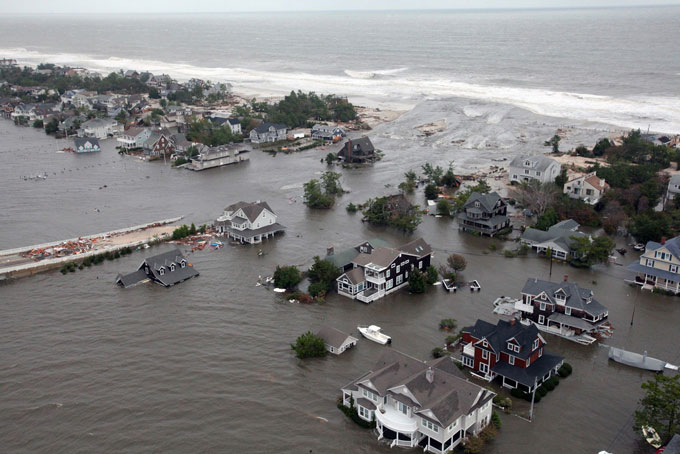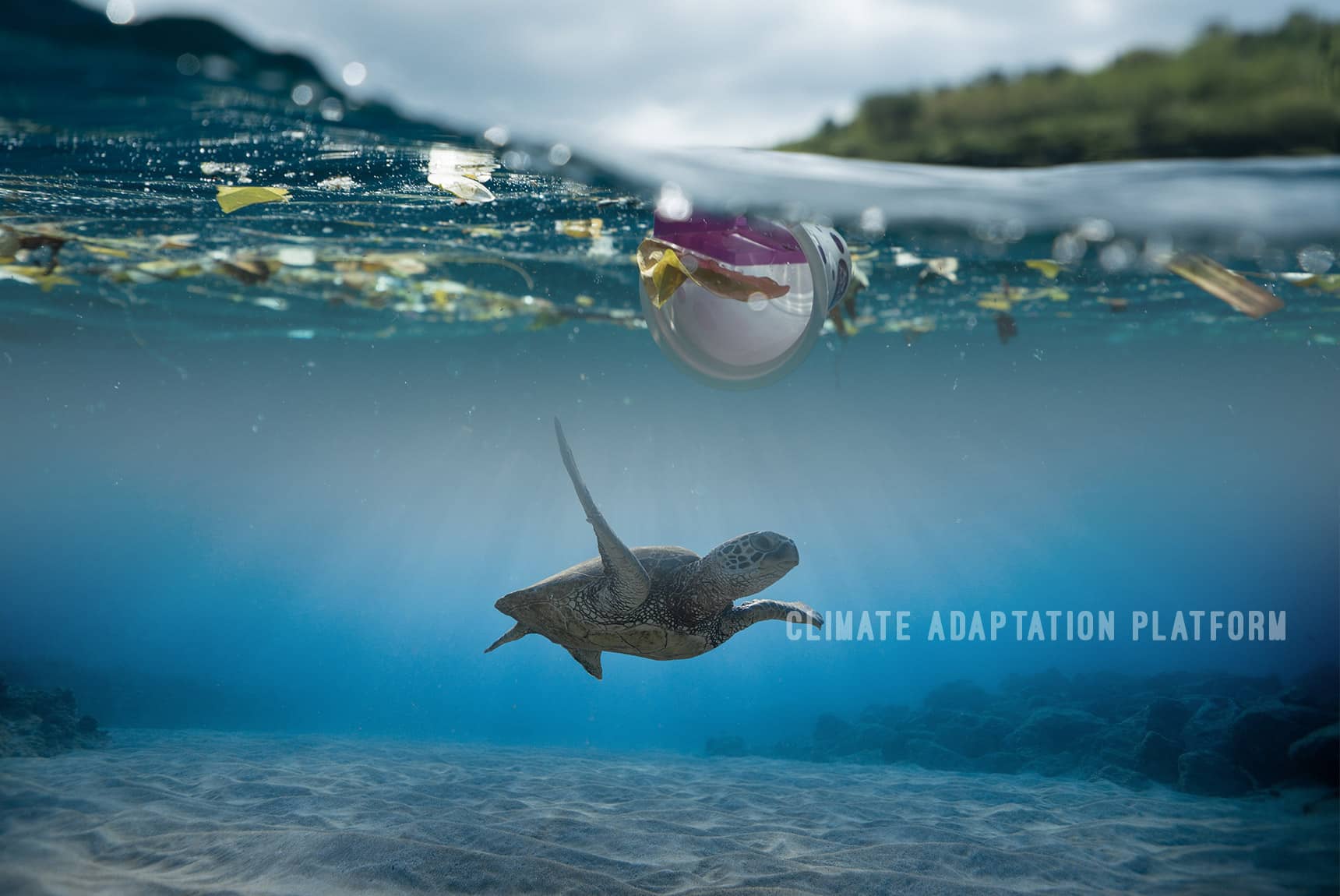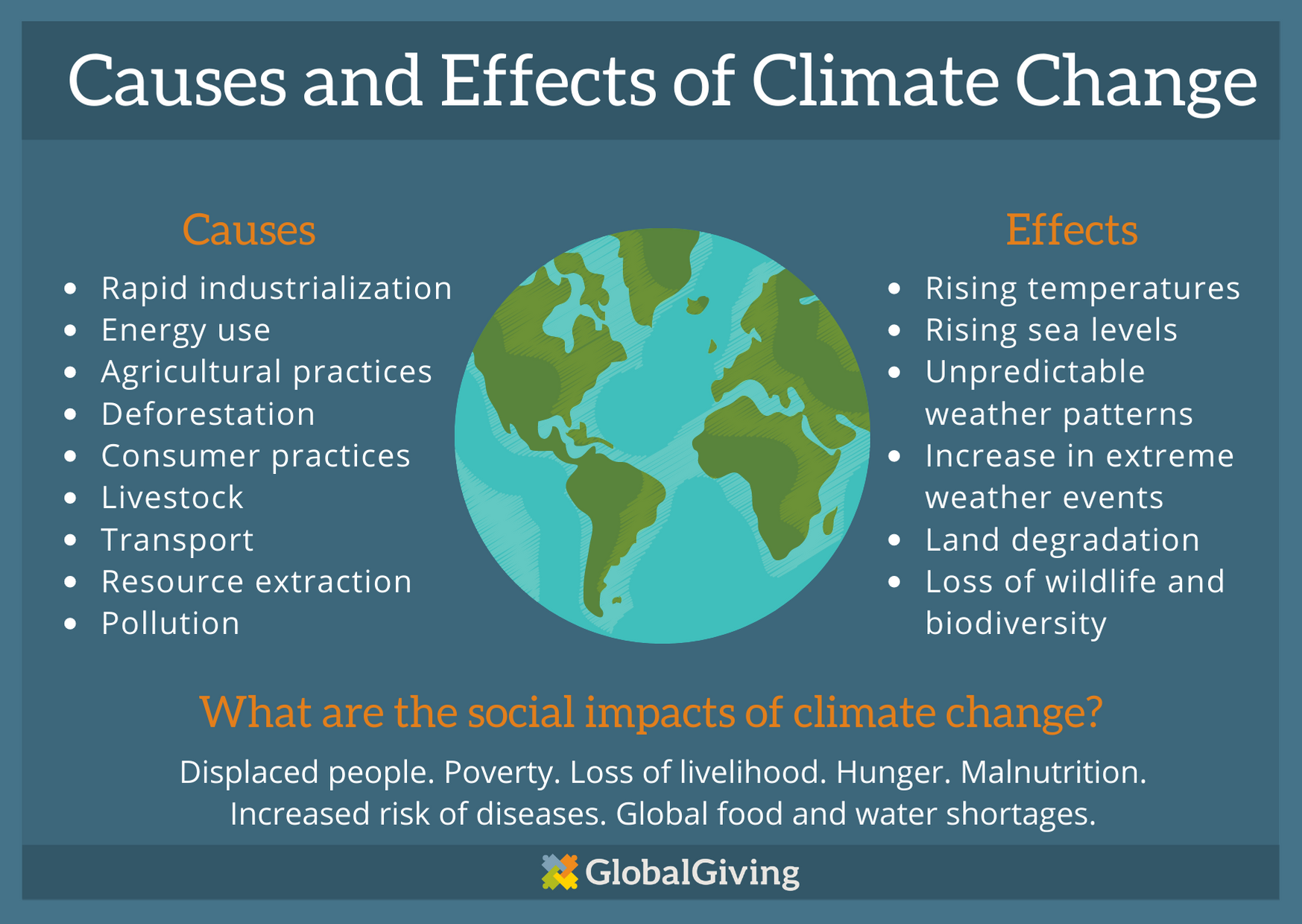Introduction
The Earth’s climate is rapidly changing, and the consequences of these changes are becoming increasingly evident. Among the many challenges posed by climate change, rising sea levels are a particularly alarming threat, especially to coastal communities. In this article, we will delve into the causes of sea level rise, its far-reaching effects on coastal areas, and the urgent need for adaptation measures.
The Causes of Sea Level Rise
Sea level rise is primarily driven by two key factors:
Melting Ice Sheets and Glaciers: The warming of the planet has led to the accelerated melting of polar ice caps, glaciers, and ice sheets in Antarctica and Greenland. This massive influx of freshwater into the oceans contributes significantly to rising sea levels.
Thermal Expansion: As the Earth’s temperature rises due to greenhouse gas emissions, seawater expands as it absorbs heat. This thermal expansion is a significant driver of sea level rise and is responsible for about half of the observed increase.
These two factors combined have caused sea levels to rise at an alarming rate, with the current rate of rise approximately 3.3 millimeters per year, nearly double the rate observed in the early 1990s.
The Effects of Rising Sea Levels
The consequences of rising sea levels are profound and wide-ranging, impacting both natural ecosystems and human communities. Here are some of the key effects:
Coastal Erosion: Higher sea levels lead to increased coastal erosion as waves and tides encroach further inland. This results in the loss of valuable land, including beaches and wetlands.
Flooding: Low-lying coastal areas are at an increased risk of flooding during storms and high tides. In some cases, even minor storm surges can lead to catastrophic flooding events.
Saltwater Intrusion: Rising sea levels can contaminate freshwater sources with saltwater, making it challenging to access clean drinking water and damaging agriculture.
Loss of Biodiversity: Coastal ecosystems, including mangroves, estuaries, and coral reefs, are threatened by sea level rise. These habitats provide critical breeding grounds for marine life and play a vital role in protecting coastlines from erosion.
Displacement of Communities: Perhaps the most pressing concern is the displacement of coastal communities. As homes and infrastructure become increasingly vulnerable to sea level rise, people are forced to relocate, leading to social and economic upheaval.
Adaptation and Mitigation
Addressing the challenges posed by rising sea levels requires a multi-faceted approach. Here are some strategies that can help coastal communities adapt and mitigate the impacts:
Improved Coastal Infrastructure: Building and reinforcing seawalls, levees, and flood barriers can help protect coastal areas from storm surges and erosion.
Managed Retreat: In some cases, it may be necessary to relocate communities away from the coastline to safer, higher ground. This process should be planned and executed with the involvement of affected communities to ensure a smooth transition.
Retrofitting Buildings: Elevating homes and businesses above expected flood levels can help reduce damage from flooding and preserve property values.
Restoration of Coastal Ecosystems: Protecting and restoring natural buffers like mangroves and coral reefs can provide natural defenses against coastal erosion and flooding.
Reducing Greenhouse Gas Emissions: Ultimately, addressing the root cause of sea level rise requires global efforts to reduce greenhouse gas emissions. Transitioning to renewable energy sources, reducing carbon footprints, and supporting international climate agreements are crucial steps.
Conclusion
Rising sea levels are an undeniable consequence of climate change, and they pose a grave threat to coastal communities worldwide. The effects of sea level rise, from erosion and flooding to the displacement of communities, are already being felt. Urgent action is needed to adapt to these changes and mitigate their impacts.
As individuals, communities, and nations, we must prioritize climate action. This includes reducing greenhouse gas emissions to slow the rate of sea level rise, as well as implementing adaptation strategies to protect vulnerable coastal regions. The fate of coastal communities, ecosystems, and economies depends on our collective efforts to address this pressing issue.






